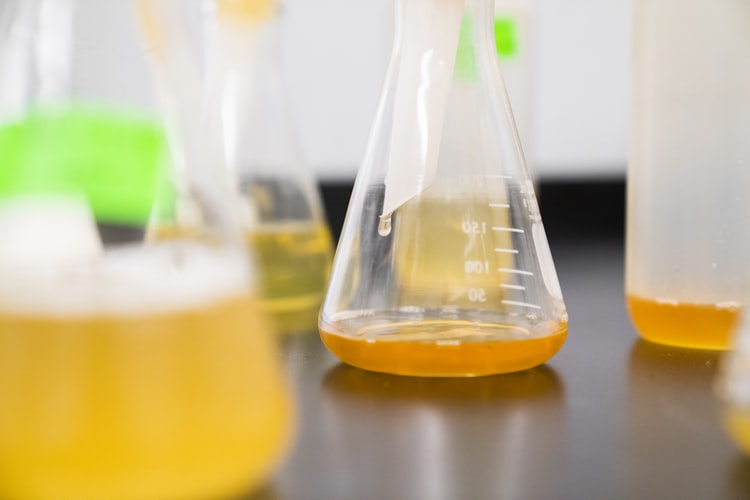In the field of organic chemistry, the term ‘functional group’ is used to refer to the specific moieties or substituents that exist in molecules and are (usually) responsible for the characteristic reactions undergone by the molecules that contain them. To elaborate, a given functional group will participate in similar kinds of chemical reactions regardless of the size of the rest of the molecule (that it is attached to). Some important functional groups in the field of organic chemistry have been listed in this article. Furthermore, a brief introduction to the properties of these functional groups has also been provided.
Hydrocarbons
The functional groups that fall under the hydrocarbyl category all contain only carbon and hydrogen atoms. However, the difference between them lies in the number of double bonds or triple bonds between the carbon atoms. For example,
- The alkyl group features only single bonds between carbon atoms.
- The alkenyl group features at least one double bond between two carbon atoms.
- The alkynyl group features at least one triple bond between two carbon atoms.
- The phenyl group features at least one six-membered aromatic ring containing delocalized pi electrons.
Alcohols
Alcohols are a class of organic compounds that contain the hydroxyl functional group. The general chemical formula of alcohol can be expressed as R-OH. For the IUPAC nomenclature of compounds containing hydroxyl functional groups, the term hydroxy- can be used as a prefix. On the other hand, the term -ol can also be used as a suffix to denote this class of organic compounds. A common example of a chemical compound containing the hydroxyl functional group is methanol.
Ketones
Ketones are a class of organic compounds that contain the carbonyl functional group. The general chemical formula of a ketone can be expressed as R-(C=O)-R’. For the IUPAC nomenclature of compounds containing carbonyl functional groups, the term oyl- can be used as a prefix. On the other hand, the term -one can also be used as a suffix to denote this class of organic compounds. A common example of a chemical compound containing the carbonyl functional group is butanone.
Aldehydes
Aldehydes are a class of organic compounds that contain the aldehyde functional group. The general chemical formula of an aldehyde can be expressed as R-CHO. For the IUPAC nomenclature of compounds containing aldehyde functional groups, the term formyl- can be used as a prefix. On the other hand, the term -al can also be used as a suffix to denote this class of organic compounds. A common example of a chemical compound containing the aldehyde functional group is acetaldehyde, also known as ethanal.
Carboxylic Acids
Carboxylic acids are a class of organic compounds that contain the carboxyl functional group. The general chemical formula of carboxylic acid can be expressed as R-COOH. For the IUPAC nomenclature of compounds containing aldehyde functional group, the term carboxy- can be used as a prefix. On the other hand, the term -oic acid can also be used as a suffix to denote this class of organic compounds. A common example of a chemical compound containing the carboxyl functional group is acetic acid, which is also known as ethanoic acid.
To learn more about functional groups and other interesting concepts in the field of organic chemistry such as carbohydrates definition, download BYJU’S – The Learning App.

